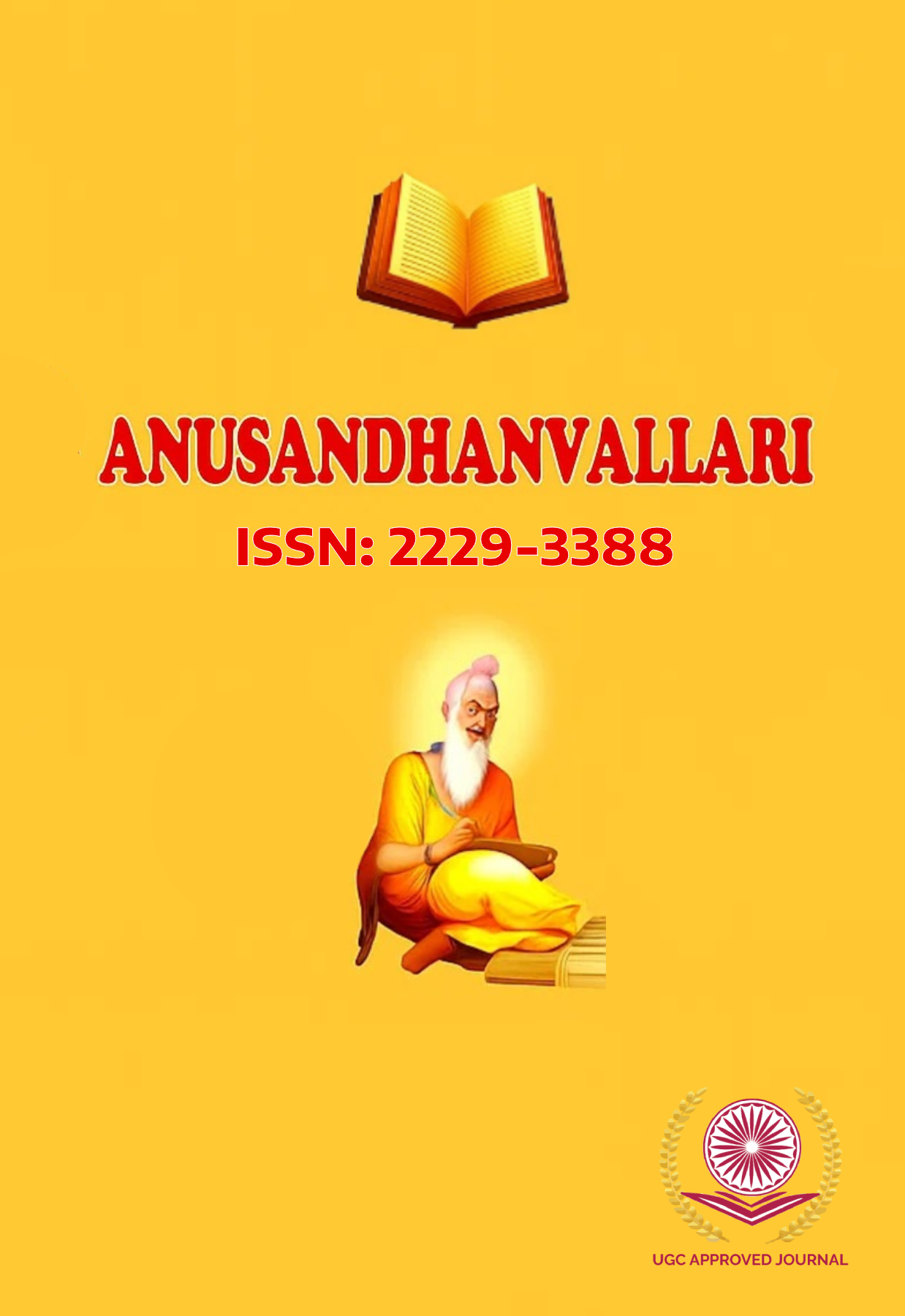Fiqh al Awqāf: Exploring Perspectives and Dimensions in Islāmic Texts
Main Article Content
Abstract
This paper explores the sharī‘ah basis of waqf (Islāmic Endowment), examining it as both a concept and a legal institution and delving into the key elements of classical fiqh al-awqāf (the Islāmic Jurisprudence of Endowments/Waqf jurisprudence). It analyzes Qur’ānic and Prophetic perspectives, as well as the views of the Ḥanafī [1], Mālikī [2], Shāfi‘ī [3], and Ḥanbalī [4] schools of fiqh (Islāmic Juridprudence). The aim is to maintain coherence with classical methods for deriving waqf rulings, enabling waqf stakeholders to innovate and contextualize waqf applications in contemporary settings while remaining rooted in authentic Islāmic jurisprudence. The study emphasizes the meticulous care taken by classical jurists to align waqf rulings with established sharī‘ah (Islāmic Law), avoiding contradictions with other legal institutions such as mawārith (inheritance) and ṣadaqah (charity). It highlights the importance of maṣlaḥah (public interest) and istiḥsān (juristic preference) in formulating waqf principles, arguing that these considerations often achieve equity and fairness more effectively than strict qiyās (analogy). The study also highlights the contemporary relevance of waqf .
Research Methodology
To examine the jurisprudential aspects of classical fiqh al-awqāf, the paper employs textual analysis, focusing on the Qur’ān, Ḥadīth, and related areas of Islāmic jurisprudence. This approach ensures that contemporary interpretations and applications of Waqf address modern challenges while adhering to the tradition of Islāmic law.
Implications
- Theoretical Contributions: This paper provides a comprehensive examination of the various perspectives and dimensions of waqf within Islāmic texts, offering a deeper understanding of the theoretical foundations of fiqh al-awqāf.
- Practical Applications: By elucidating the principles and guidelines derived from Islāmic texts, the research can guide contemporary waqf practices, helping to align them more closely with classical jurisprudence.
- Legal Framework Development: The insights gained from the analysis can assist in developing a robust legal framework for waqf management and governance, ensuring that it adheres to traditional Islāmic principles while addressing modern needs.
- Policy Implications: Policymakers can utilize the findings to create regulations and policies that support the effective administration and growth of waqf institutions, promoting socio-economic development in Muslim communities.
Findings
The study highlights the critical role of charity in Islām, emphasizing waqf as a means to support those in need, purify wealth, and achieve social justice. While the Qur’ān does not explicitly mention Waqf , its principles are derived from Islāmic values and Prophetic traditions, with Ḥadīth providing legitimacy and practical guidelines. Jurists have further developed waqf law using secondary sources like qiyās and istiḥsān, adapting it to socio-political contexts. The paper notes significant variations among jurists regarding waqf ownership, with the majority attributing ownership to Allah and benefits to beneficiaries, while some, like Imām Abū Ḥanīfa, give ownership to the wāqif (donor). Integrating various legal concepts, the paper underscores the use of maṣlaḥah and istiḥsān to achieve equity and fairness in waqf principles. Emphasizing the need for coherence with classical methods and innovation for contemporary challenges, the study concludes that waqf is vital for promoting social justice, community welfare, and public good, aligning with Islāmic principles and founder objectives. Moreover, the study finds the institution of waqf very much relevant in contemporary times.
Originality of research
The research paper’s value and originality lie in its comprehensive exploration of waqf through primary Islāmic sources, its development of legal doctrines, its integration with broader Islāmic concepts, its discussion of juristic diversity, and its relevance to both historical evolution and contemporary socio-economic landscapes.

